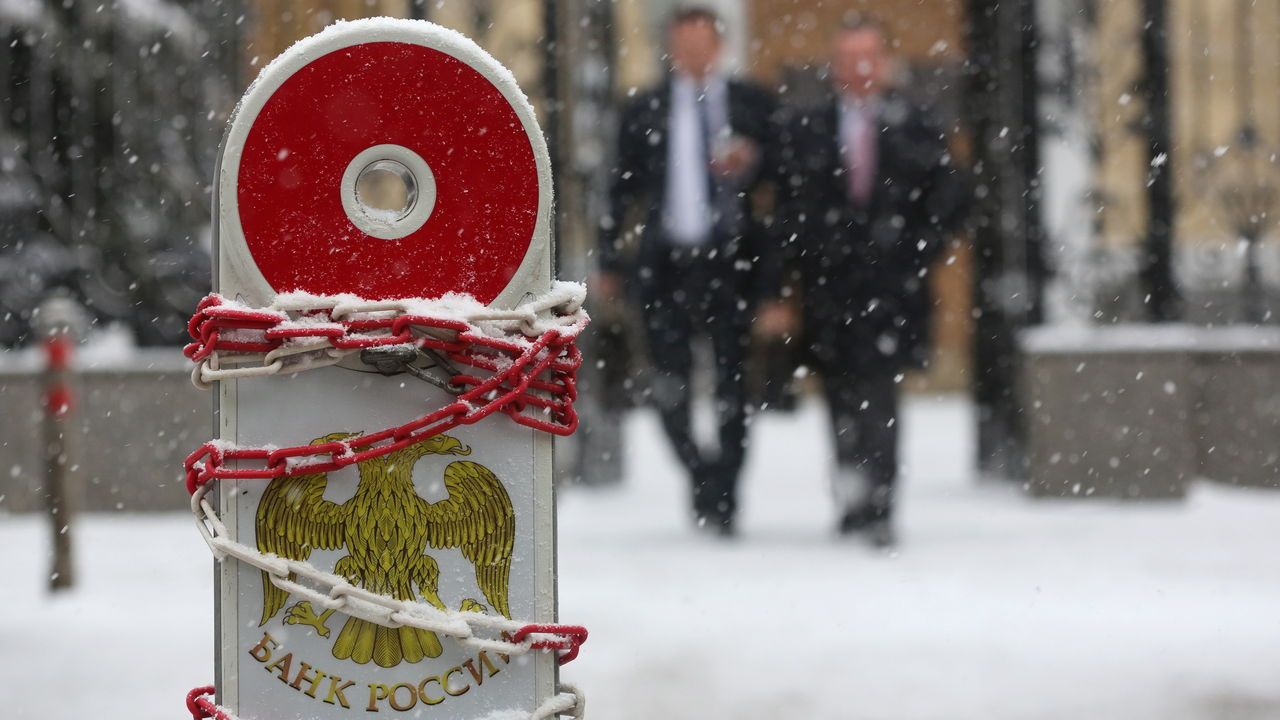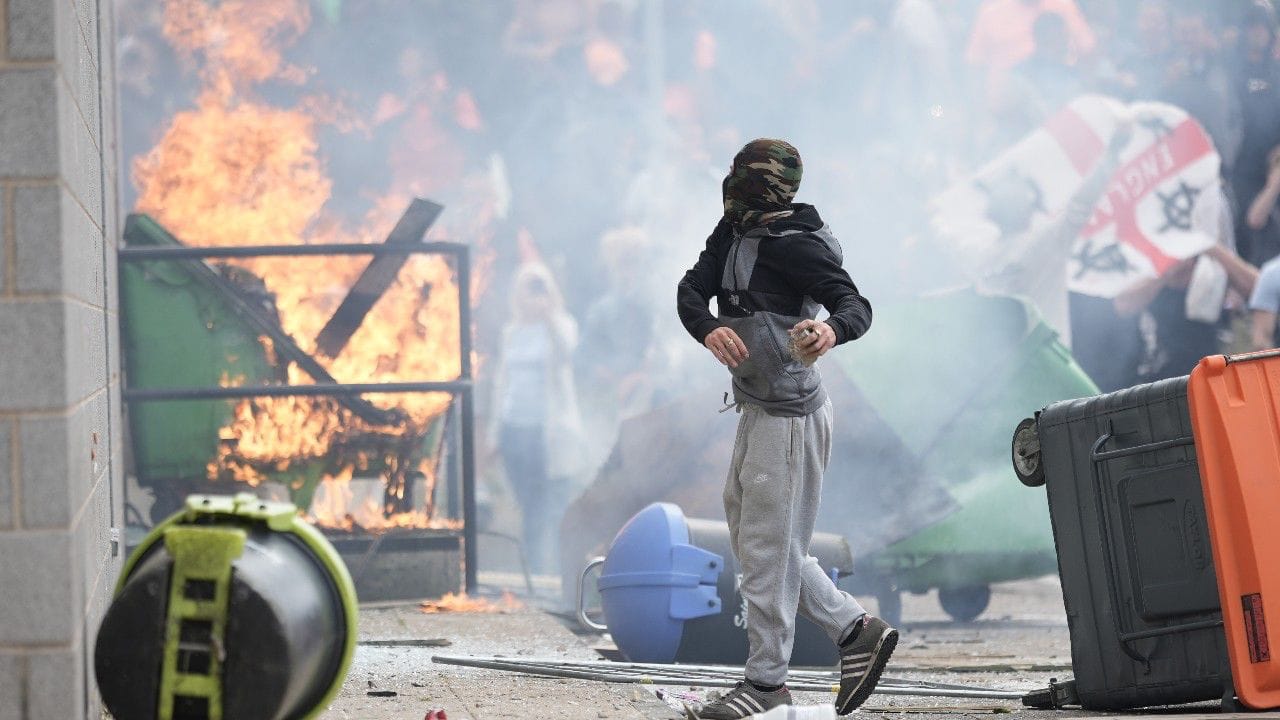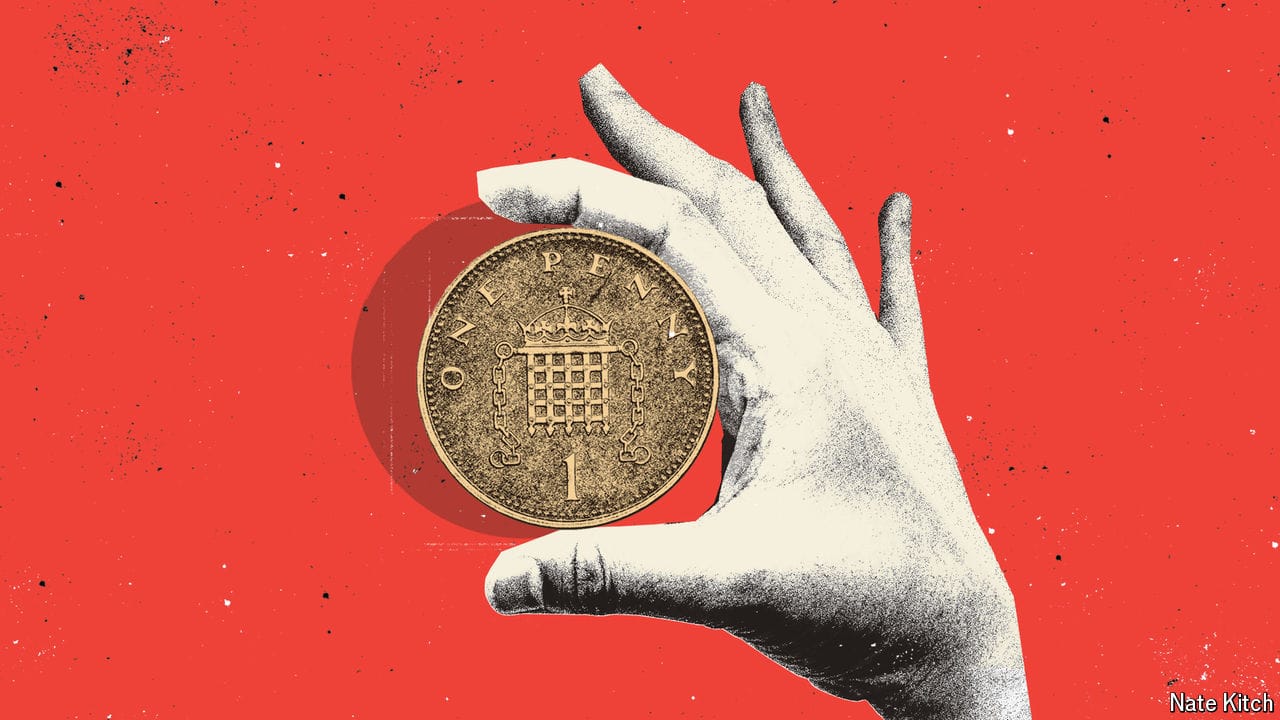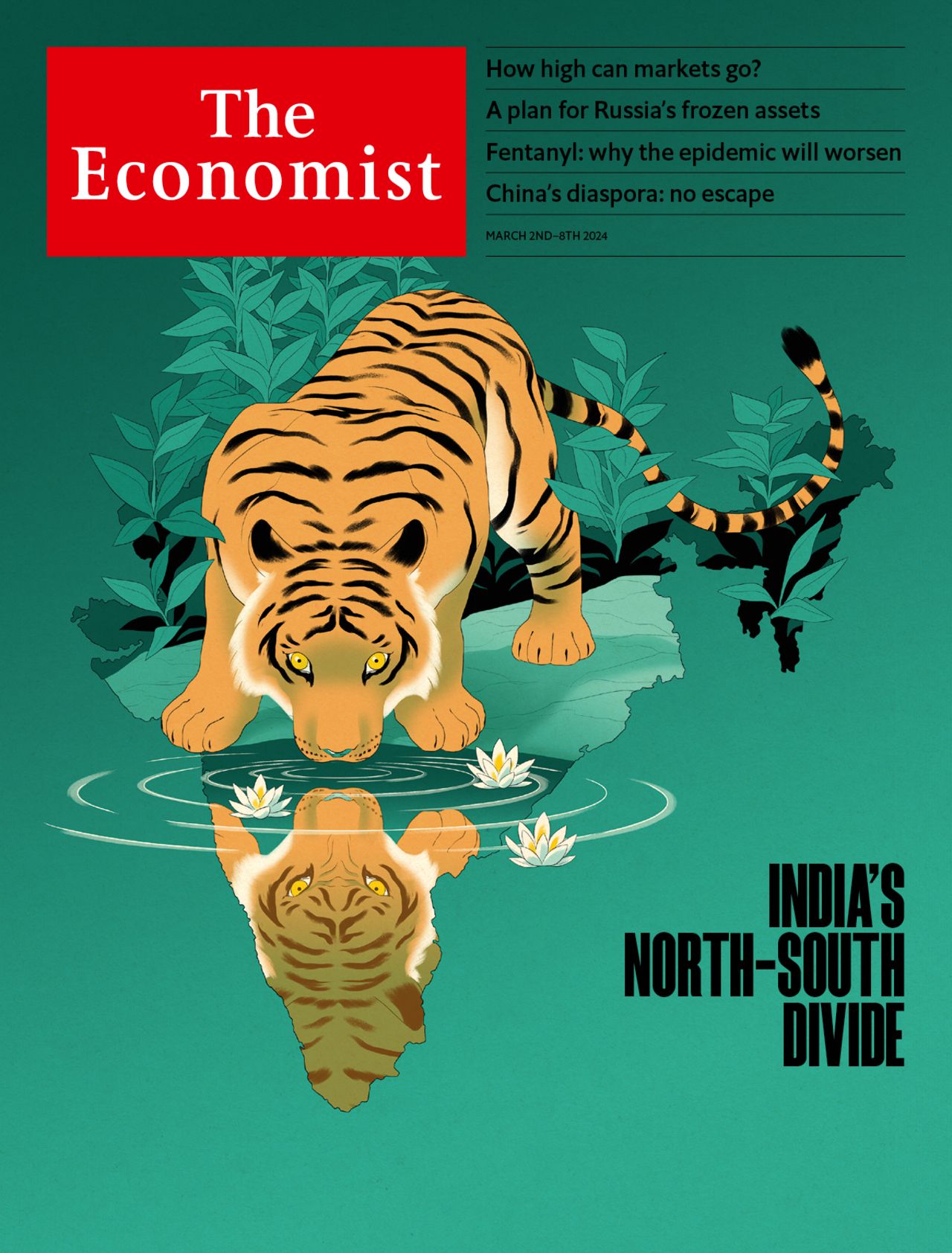How to put Russia’s frozen assets to work for Ukraine
Exploit them to the full, but legally

With America’s House of Representatives denying aid for Ukraine, other Western politicians are hunting for an alternative source of funds. Their eyes have settled on assets worth €260bn ($282bn) belonging to Russia that have been frozen since its full-scale invasion two years ago. There is a growing clamour in support of the moral and practical case for using this money to help pay for Ukraine’s defence. On February 27th Janet Yellen, America’s treasury secretary, called for the value of these assets to be unlocked. But most of the portfolio sits in Belgium, and the European Union has been divided about the wisdom—and legality—of putting it to use.
Explore more
This article appeared in the Leaders section of the print edition under the headline “Don’t seize: capitalise”
Leaders March 2nd 2024
More from Leaders

How to respond to the riots on Britain’s streets
The violence demands robust policing, but it also requires cool heads

Is the big state back in Britain?
The risk is not too much interventionism, but too little audacity

How to make tourism work for locals and visitors alike
Holidays don’t have to be hell
Genomic medicines can cost $3m a dose. How to make them affordable
The treatments are marvels of innovation. Their pricing must be inventive, too
Chinese companies are winning the global south
Their expansion abroad holds important lessons for Western incumbents
The Middle East must step back from the brink
That still means starting with a ceasefire in Gaza
